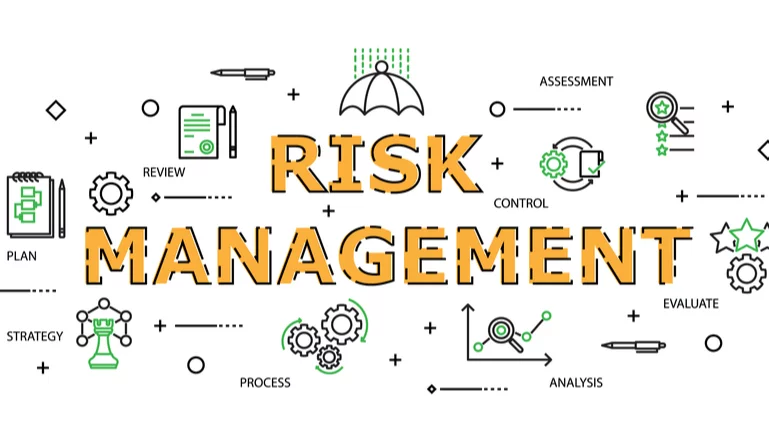
Business Risk Management is an essential process that helps companies identify, analyze and prioritize risks. It also helps businesses create and implement plans to deal with these risks.
Poor risk management can lead to financial repercussions, safety breaches, strategic issues and more. It can even damage a company’s reputation.
Risk Assessment
A risk assessment is a critical first step in business risk management. This includes identifying potential hazards and creating plans to prevent them from occurring. It also involves weighing those risks against the impacts of each hazard. For example, a fire risk may include the damage caused to building and equipment, loss of inventory and income and potential liability.
This is often done using a matrix that helps businesses visualize the probability of a risk and its impact/severity. It can be as simple as a 3×3 grid or a more complex process that incorporates other tools like FMEA or Bowtie analysis. Companies may also use a system of weighting that allows them to customize or adjust their overall risk assessment results.
Business risk assessment is not a one-time process and it is important that it be revisited regularly. This is especially true in a changing business environment where new hazards and risks are constantly emerging.
Risk Mitigation
Risk mitigation is a key step in the business risk management process that involves taking action to reduce or eliminate potential threats. It can involve anything from establishing new processes to eliminating existing ones.
Location risks such as fires and storm damage, resource risks like insufficient employees or a poor supply chain, operational risks such as technology failures and human errors, and strategic risks such as investment in research and development are some of the main business risks that companies must address.
Creating an effective risk mitigation strategy involves understanding what kind of impact each of these types of risks would have on your organization, including their probability and severity ratings. Once you’ve identified the main risks, you can create an action plan that includes a variety of different mitigation techniques, including: risk avoidance, risk transfer, risk sharing and/or risk acceptance. Achieving the best results from risk mitigation often requires strong collaboration between teams and stakeholders. This can be facilitated by using a project management tool that supports open communication and clear tracking of goals and milestones.
Risk Monitoring
During risk monitoring, a company tracks and updates risks and their impacts. This is important because risk changes as the project progresses. Having an updated and accurate risk log helps teams understand how to best mitigate risks and ensure that their efforts are effective.
A common type of risk that requires monitoring is information security risk. This occurs when confidential or sensitive information is exposed to unauthorized users. To mitigate this type of risk, companies must use systems and processes to prevent unauthorized access and perform regular system audits.
Other types of risk that require monitoring include safety and compliance risks. Safety risks can lead to injuries or fatalities, so it’s important that companies have processes in place to reduce this risk. Similarly, compliance risks can have negative effects on a business, such as financial fines or reputational damage. These risks must be monitored using tools and techniques such as vulnerability scans or data enrichment.
Risk Response
Business risk management involves procedures that ensure an organization has the appropriate level of response to all risks, as determined by their severity. The goal is to manage risks effectively to avoid exposing the company to costly and potentially disastrous consequences.
Residual risk is the raw or untreated risk that remains after a strategy to mitigate or avoid the risk is put in place. This is why a thorough monitoring process, including the creation of risk registers and tracking progress towards mitigation of residual risks, should be in place to ensure that no new risks are overlooked.
A common challenge to effective business risk management is lack of transparency. This can happen when a risk management plan is implemented without clear prioritization, project stakeholders alignment and centralized collection of risk data. For example, the tangled story of Citibank accidentally paying Revlon’s lenders in 2020 during the pandemic is a result of poor governance and information siloes.
